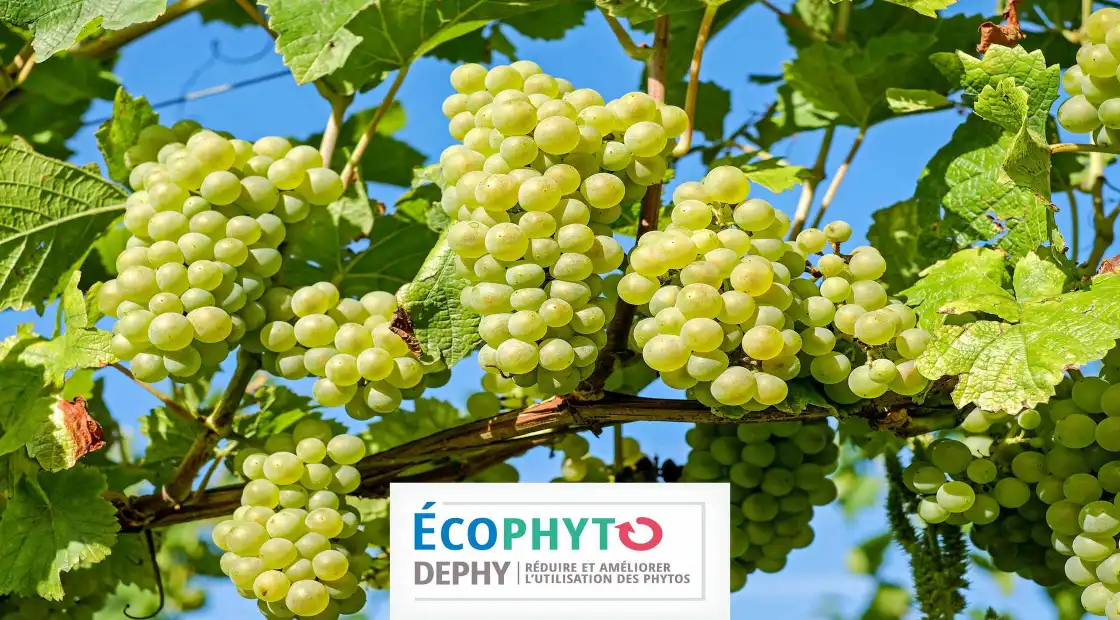10 years of the DEPHY viticulture network: assessment and outlook

A structured network to reduce the use of plant protection products
This talk, presented at SIVAL 2025 by the Pays de la Loire Chamber of Agriculture, highlighted the results obtained after a decade of operation of the DEPHY network in viticulture. Structured around 36 groups and involving 410 winegrowing operations, this network aims to experiment with and disseminate solutions that reduce the use of phytosanitary products, while ensuring the economic, environmental and social performance of operations.
The scheme is based on two complementary components: an experimental network comprising 35 projects, and a network of volunteer farms committed to reducing inputs. These farms benefit from structured technical and collective support, provided by regional coordinators and engineers. Practices are systematically monitored via a data management tool, enabling real-time analysis of changes in practices.
Significant reductions in inputs and dissemination of best practices
Since 2011, the DEPHY viticulture network has recorded a 24% reduction in IFT excluding biocontrol. The use of products containing substances classified as CMR has fallen sharply, while the share of biocontrol has risen by 40%. This increase was accompanied by a gradual phase-out of herbicides on around 50 farms in the network.
Practices implemented include tillage, plant cover and the use of confined sprayers to optimize input application. Climate adaptation remains a key issue, requiring greater anticipation of weather conditions and adaptation of cultivation strategies.
Challenges and prospects for sustainable viticulture
The winegrowers in the network spoke about the adjustments they have made on their farms, from conversion to organic farming to the introduction of resistant grape varieties. These strategic choices aim to reduce environmental impact while maintaining production quality. Some farmers have also turned to eco-pasture and diversified production to secure their economic model.
While significant progress has been made in reducing inputs, there is still a long way to go to achieve the objectives of the Ecophyto 2030 national strategy. The challenges ahead include stabilizing yields, optimizing costs, and increasing consumer support for the approach.